You’ve probably heard the stories—brand-new WWII Jeeps sealed in wooden crates, tucked away in forgotten warehouses, waiting to be unboxed like military time capsules. Sounds like a tall tale, but there’s more truth to it than most people realize. During the war, these crated Jeeps weren’t just a logistics trick—they were a strategic tool that helped move troops, supplies, and command posts faster than the enemy could blink.
The Jeep in a crate wasn’t just a novelty. It was a battlefield workhorse packed up for quick shipping and field assembly. These ten facts unpack the real story.
It Shipped in Three Main Crates
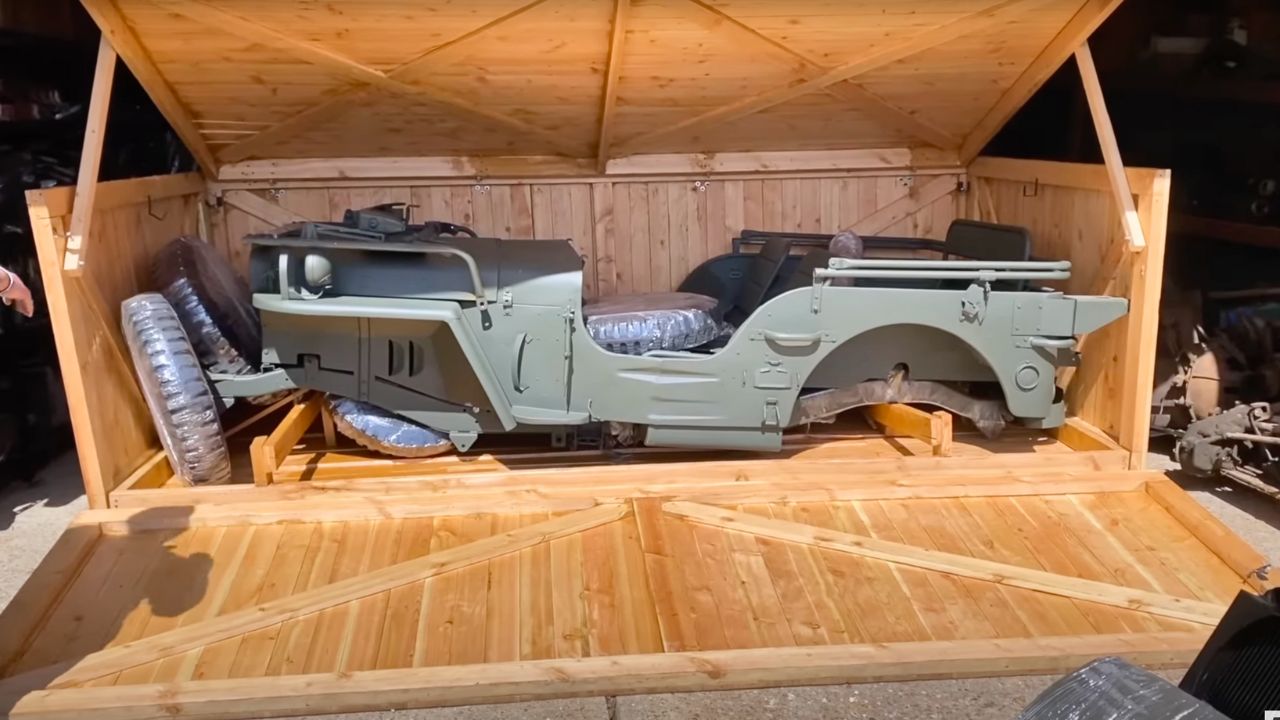
During WWII, crated Jeeps were disassembled into three major pieces: the body tub, the chassis with drivetrain, and the windshield. This allowed efficient packing and shipping across oceans or into war zones. Each complete Jeep took up far less space when crated than fully assembled.
The U.S. military could stack more Jeeps into a cargo hold, and once they arrived, it only took a few soldiers with hand tools about four to six hours to put one together. These weren’t kits—they were purpose-built for quick reassembly on the fly.
Over 650,000 Were Built for the War
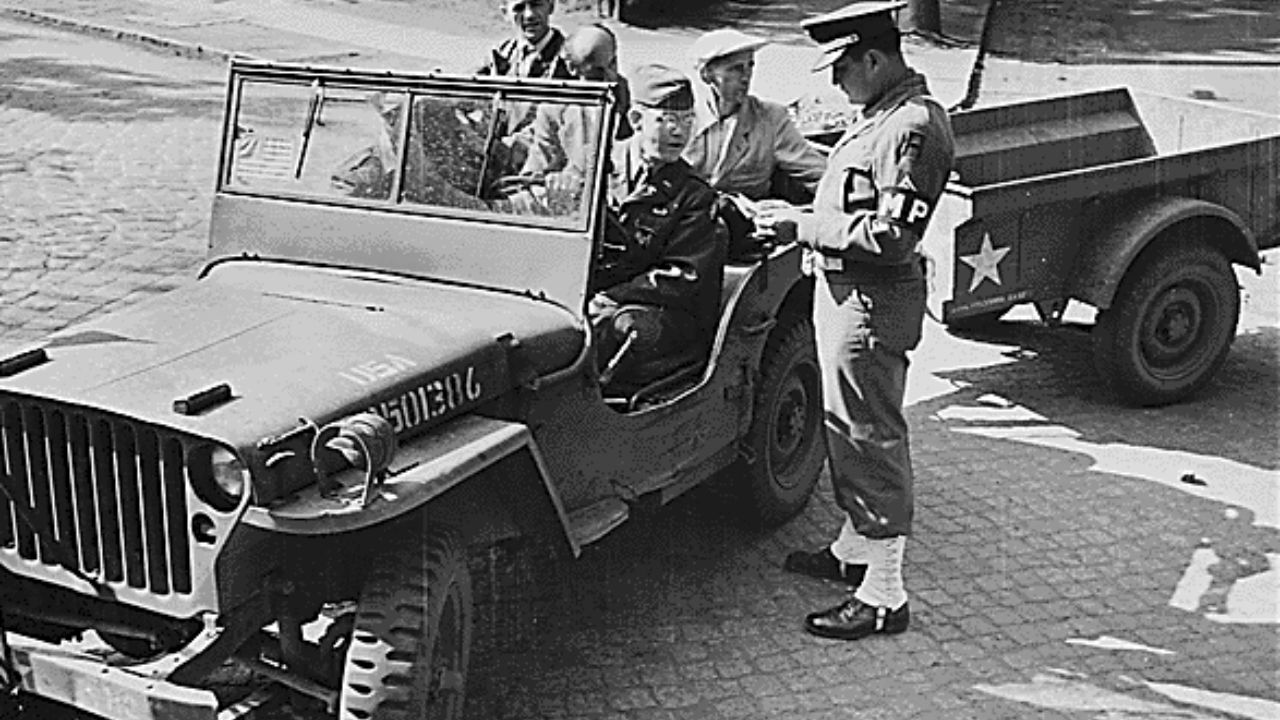
The Jeep became a backbone of Allied mobility, with over 650,000 produced between 1941 and 1945. Willys-Overland and Ford shared production, with Willys handling the MB designation and Ford producing the GPW.
They weren’t fancy, but they were consistent—powered by a 134.2 cu-in inline-four “Go-Devil” engine producing around 60 horsepower and 105 lb-ft of torque. That doesn’t sound like much, but the Jeep only weighed about 2,450 pounds and could go just about anywhere.
The “Go-Devil” Engine Was a Workhorse
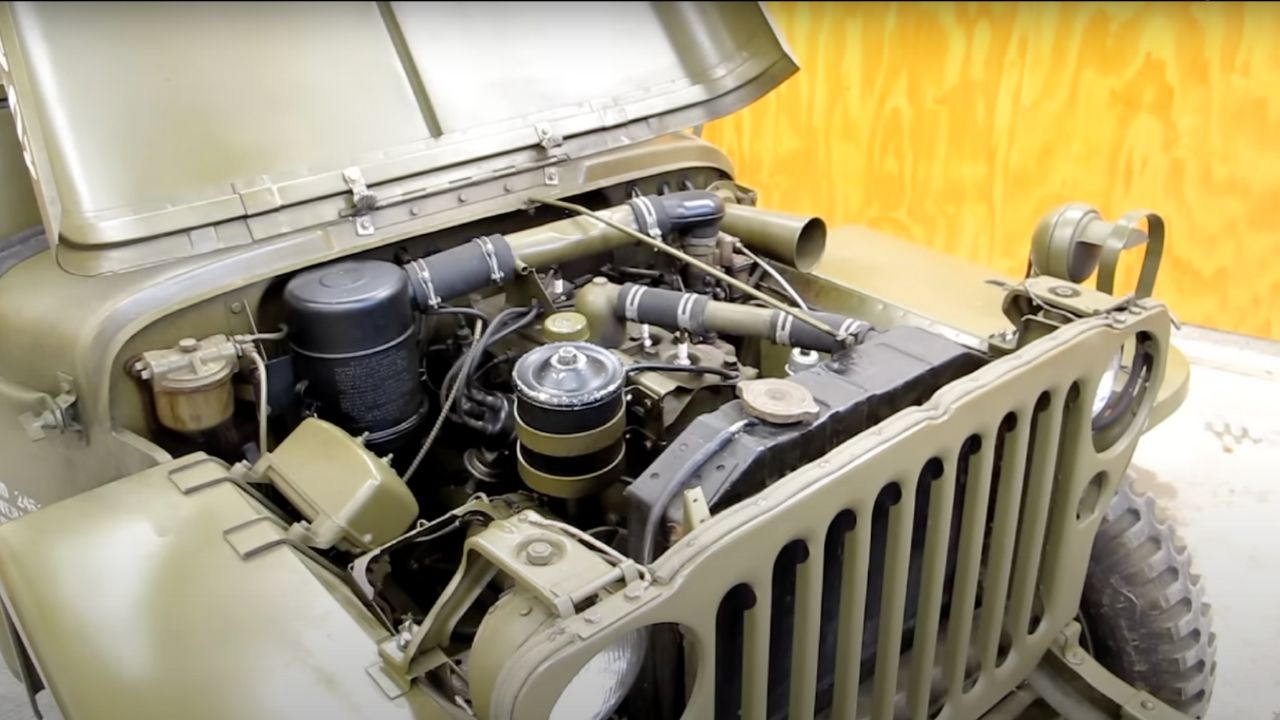
The Willys L134 “Go-Devil” engine was simple, reliable, and could take a beating. It used a side-valve layout and a single-barrel Carter carburetor, producing enough torque to get the Jeep through mud, sand, or snow without drama.
What really made it special was how easily it could be serviced in the field. Soldiers could fix it with basic tools, and it rarely broke down unless seriously abused. The engine also doubled as a power source for generators and other equipment once offloaded from its crate.
Crated Jeeps Helped Win the War
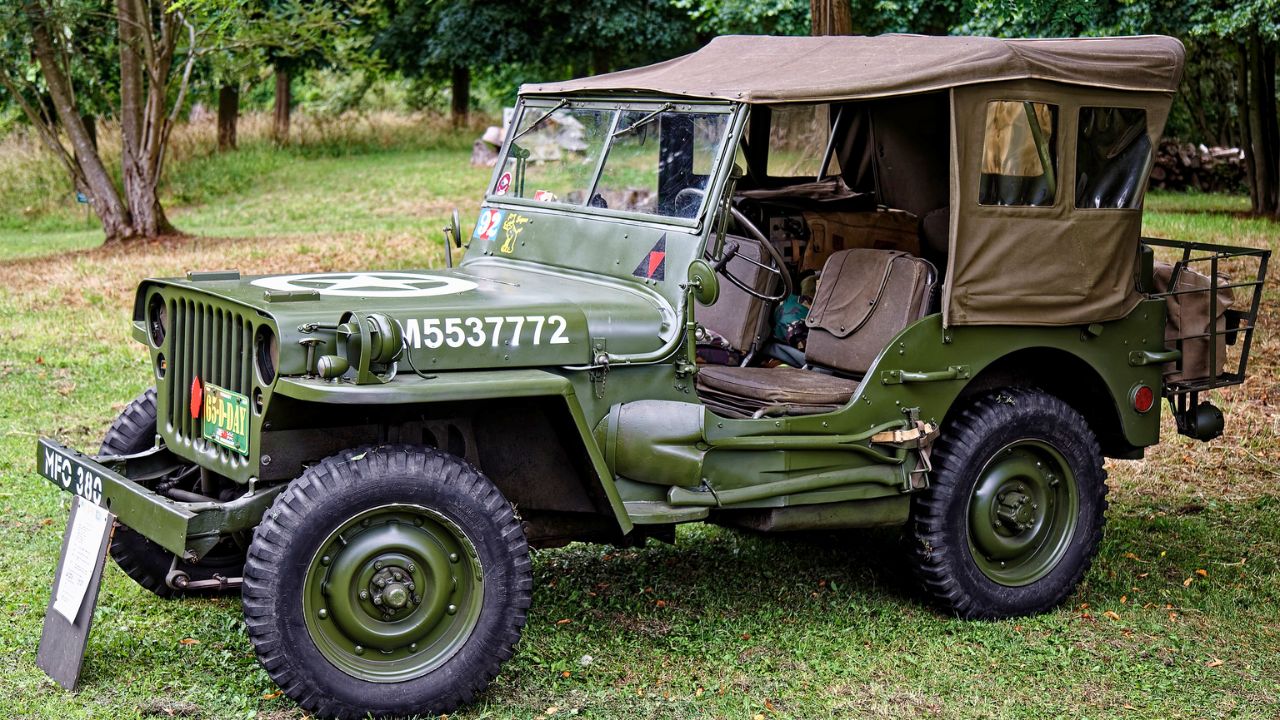
Crated Jeeps were essential to rapid deployment. Units could be dropped into the theater and have vehicles ready in hours rather than waiting for transport trucks to arrive or be assembled back home.
This flexibility allowed the Allies to respond quickly on multiple fronts. From Normandy to North Africa to the Pacific, crated Jeeps gave soldiers mobility when it mattered most. They could haul troops, carry stretchers, tow artillery, or serve as makeshift radio units depending on what the situation called for.
Designed to Fit in a C-47 or Glider
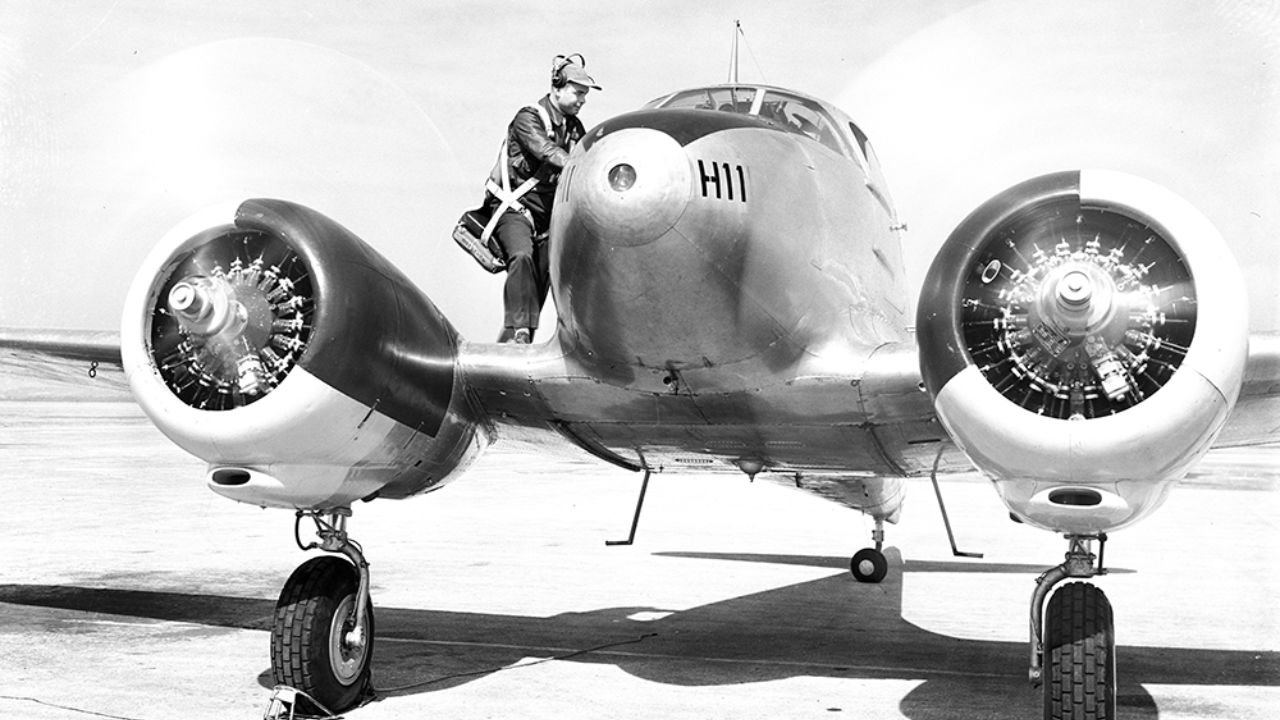
One reason the Jeep became so versatile was its compact footprint. Its 80-inch wheelbase and overall length of just over 132 inches meant it could fit inside transport aircraft like the C-47 or even gliders like the Waco CG-4A.
That meant crated Jeeps could be dropped into remote zones, then assembled right behind enemy lines or in newly liberated territory. It turned the Jeep into more than just a utility vehicle—it became a tactical tool for rapid movement and communication.
The Government Paid Under $750 per Jeep
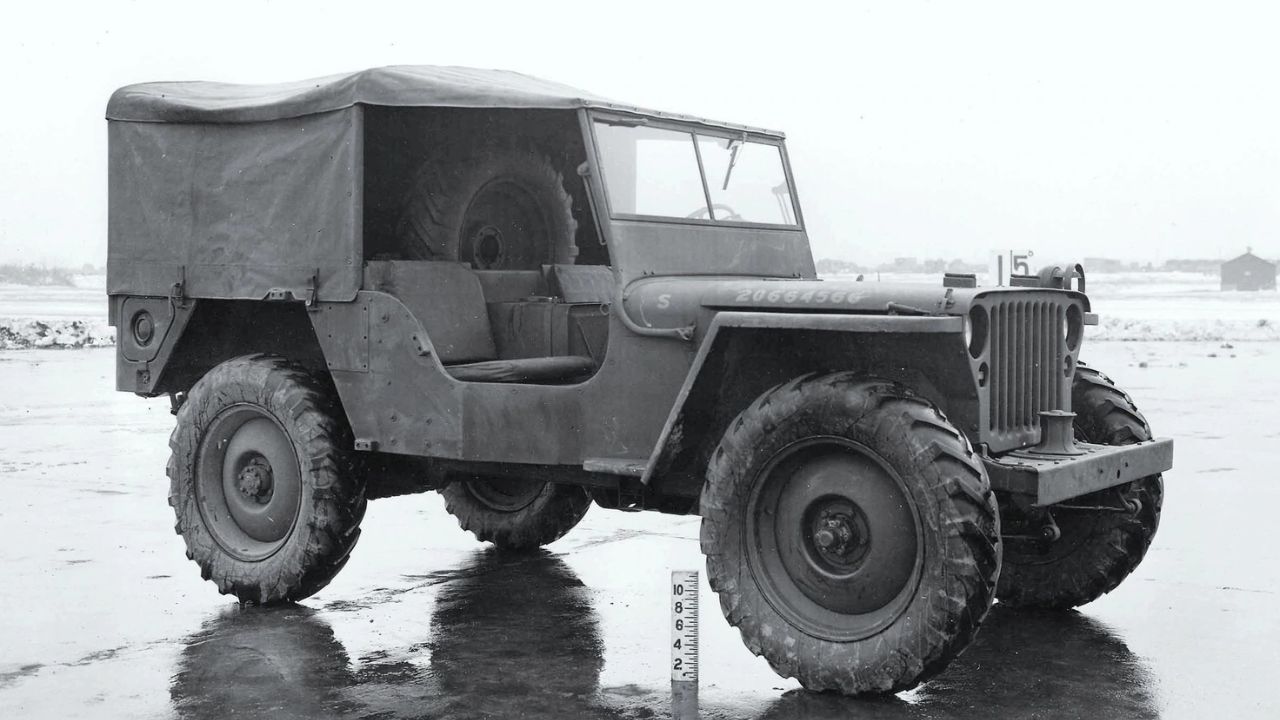
Each crated Jeep cost the U.S. government around $739 in the early 1940s. Adjusted for inflation, that’s roughly $13,000 today—a bargain for a four-wheel-drive vehicle with military-grade durability.
That price included the engine, drivetrain, body panels, and necessary parts for field assembly. Despite their low cost, these Jeeps were built tough and remained in use well beyond the war, eventually filtering into civilian hands and starting the CJ (Civilian Jeep) series.
Soldiers Could Assemble One in a Few Hours
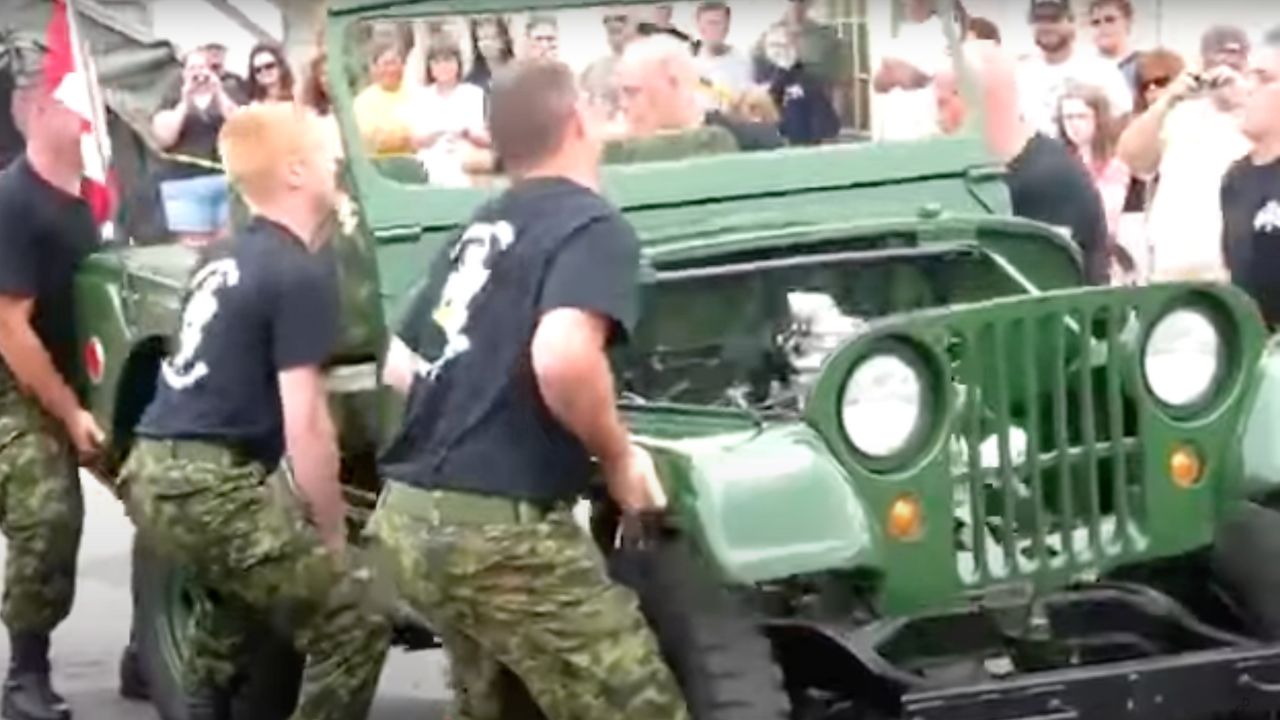
The design of the Jeep wasn’t just about utility—it was about speed. Assembly from crates took two to four soldiers less than half a day. Most of the major components were pre-aligned or had markings to make the job easier.
No fancy equipment was needed—just basic hand tools and sometimes a hoist. Field manuals guided the process step-by-step, ensuring consistency. In some cases, entire motor pools were assembled within a single day, giving units immediate mobility and logistical support.
The Crated Jeep Became a Post-War Legend
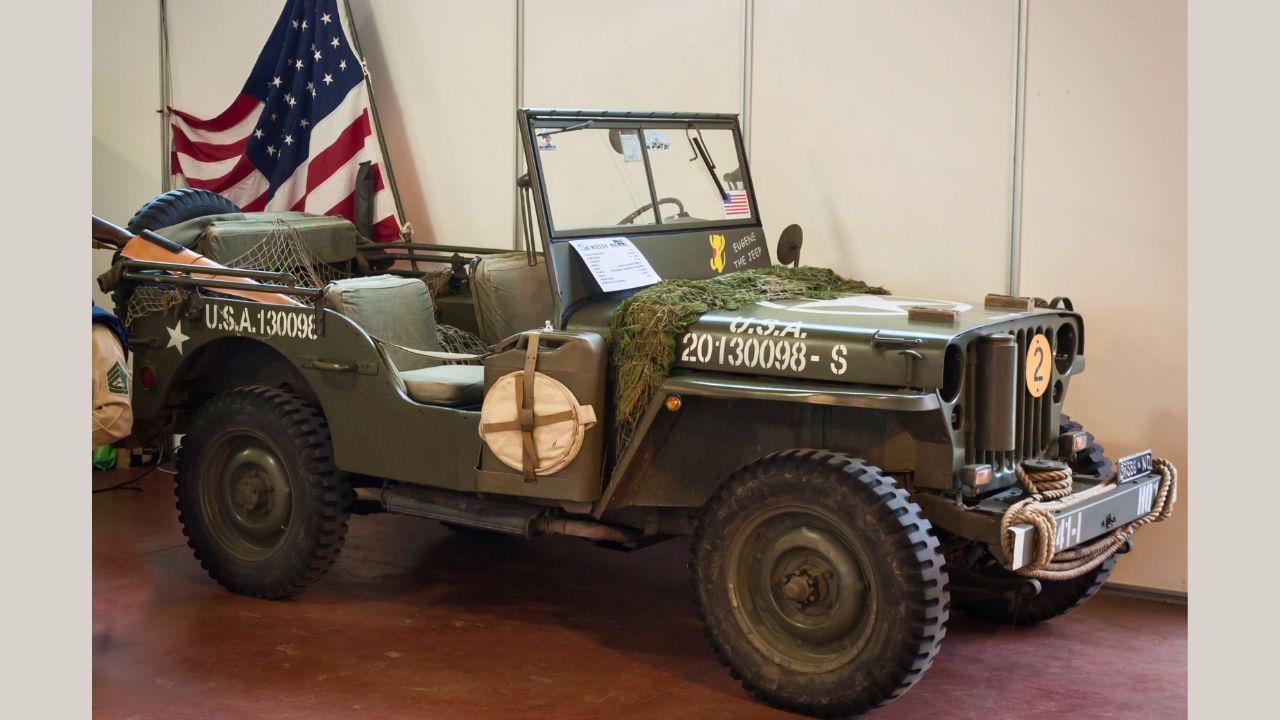
After the war, the idea of “Jeep in a crate” took on mythical status. Veterans and collectors alike romanticized the idea of finding an untouched crate in a barn or warehouse. A few genuine crates have surfaced over the decades, but they’re extremely rare.
Surplus Jeeps were sold to civilians by the thousands, but most were already assembled. Still, the image of a sealed wooden box with a complete wartime Jeep inside remains a collector fantasy—and a powerful symbol of American ingenuity.
Ford and Willys Shared Parts—but Had Differences
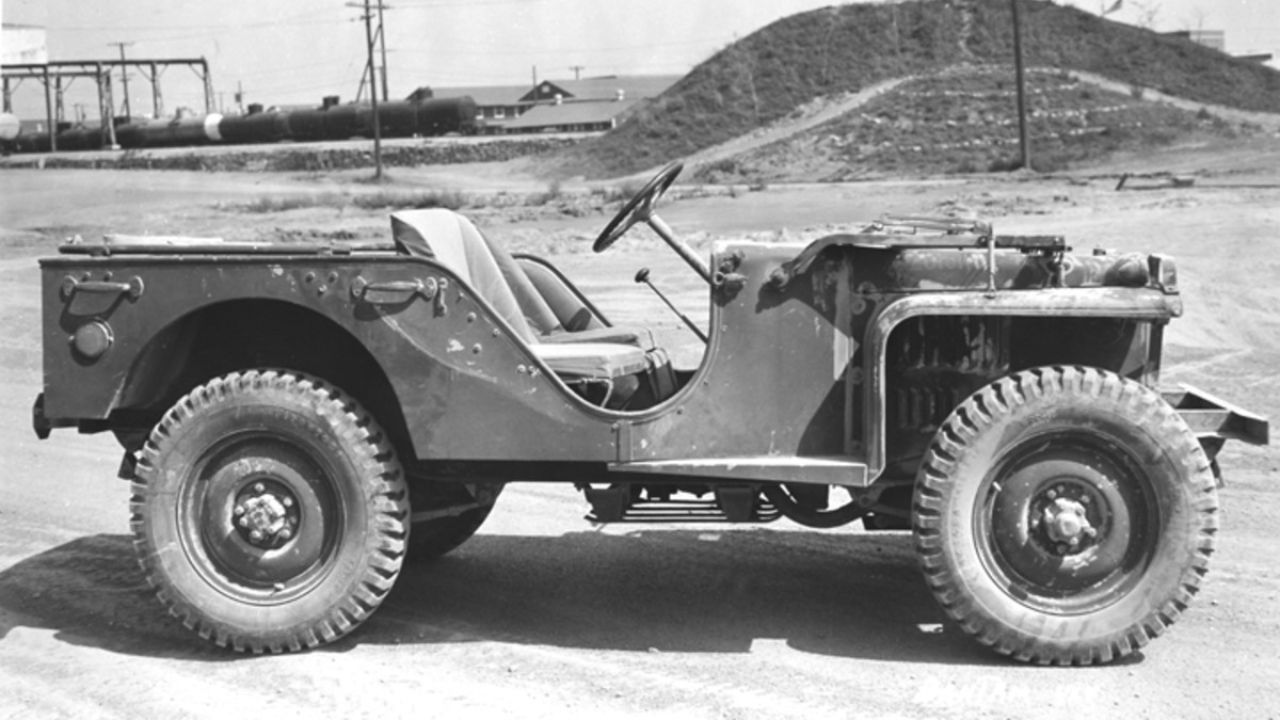
While both Willys and Ford built Jeeps under government contracts, the two models weren’t identical. Ford GPWs had an “F” stamped on many parts and slightly different frame designs. Still, nearly all parts were interchangeable in the field.
This was critical for war logistics—no matter which brand built your Jeep, you could cannibalize parts from another without worry. It also made crated Jeeps more manageable to stock, ship, and service, no matter who received them.
The Jeep Set the Template for All Military 4x4s
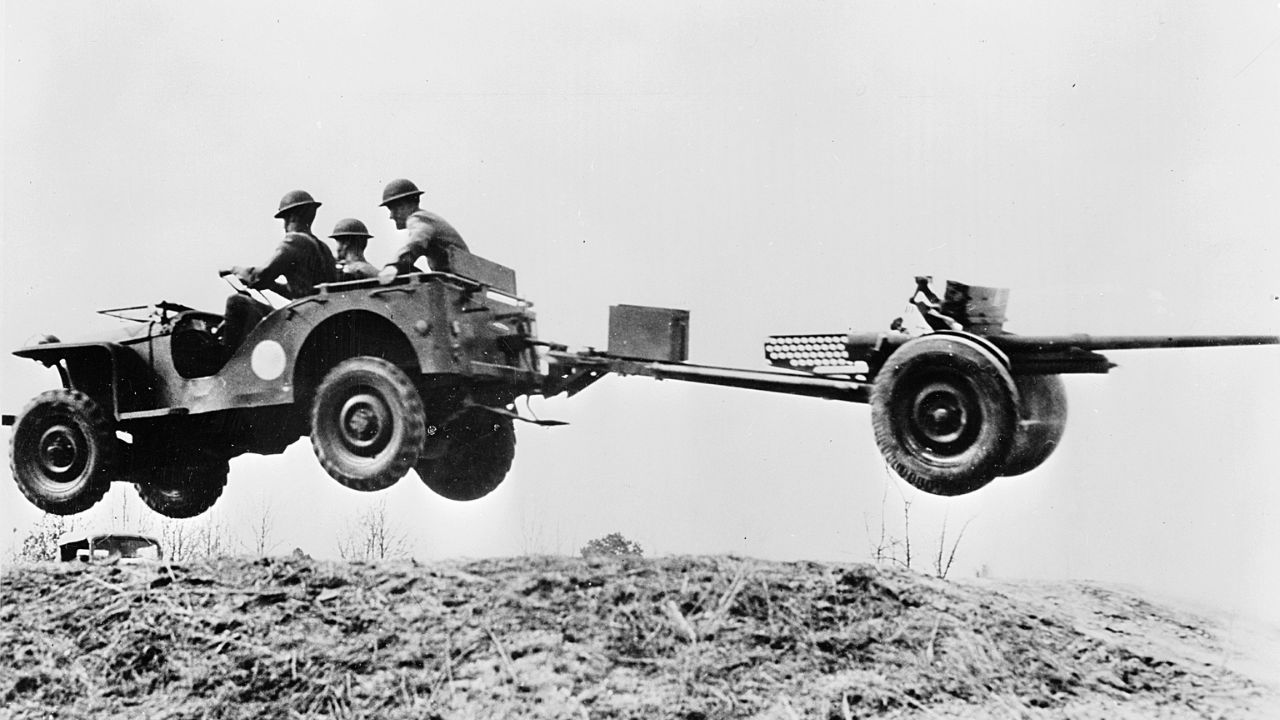
Before the Jeep, military vehicles were often large, slow, and prone to breakdowns. The Jeep rewrote the playbook with its light frame, 4WD system, and practical layout. It could go places larger trucks couldn’t and became a symbol of American mobility.
Its layout—front engine, short wheelbase, leaf spring suspension, and part-time four-wheel drive—set the standard for everything from the Land Rover Series I to the Humvee decades later. And it all started with a crate-sized machine built for war.
Like what you read? Here’s more by us:
*Created with AI assistance and editor review.

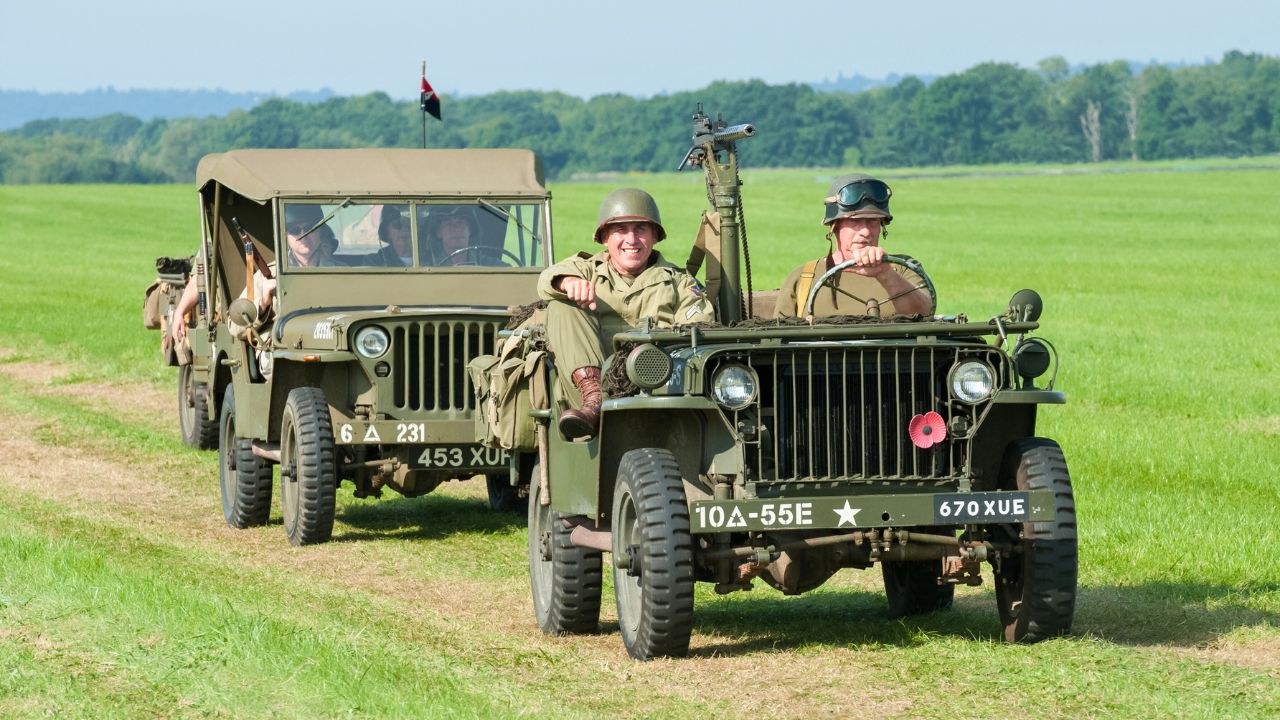
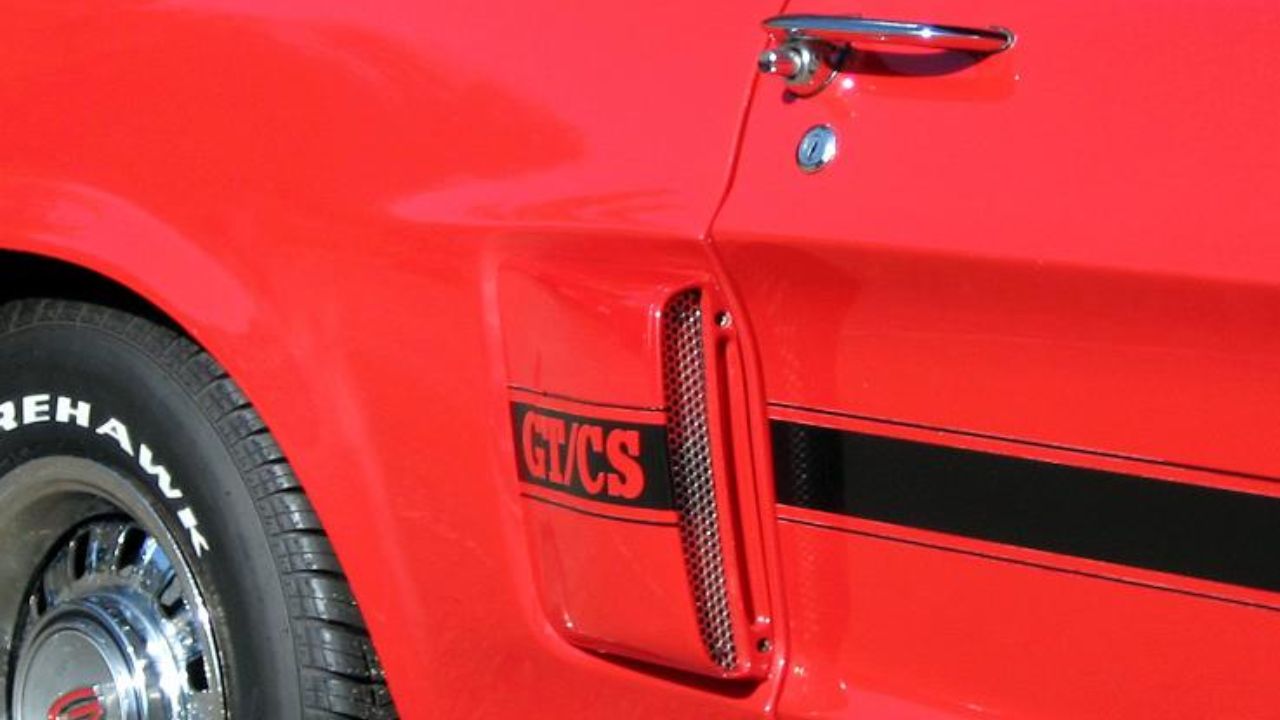
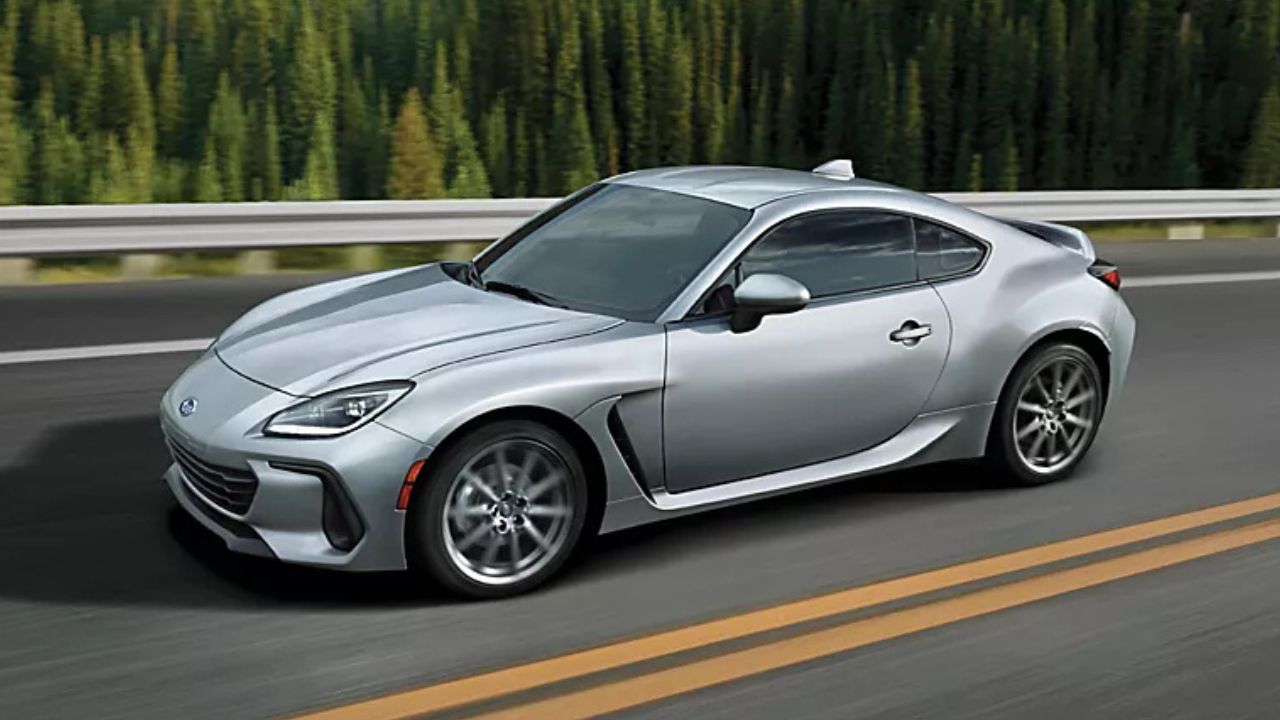

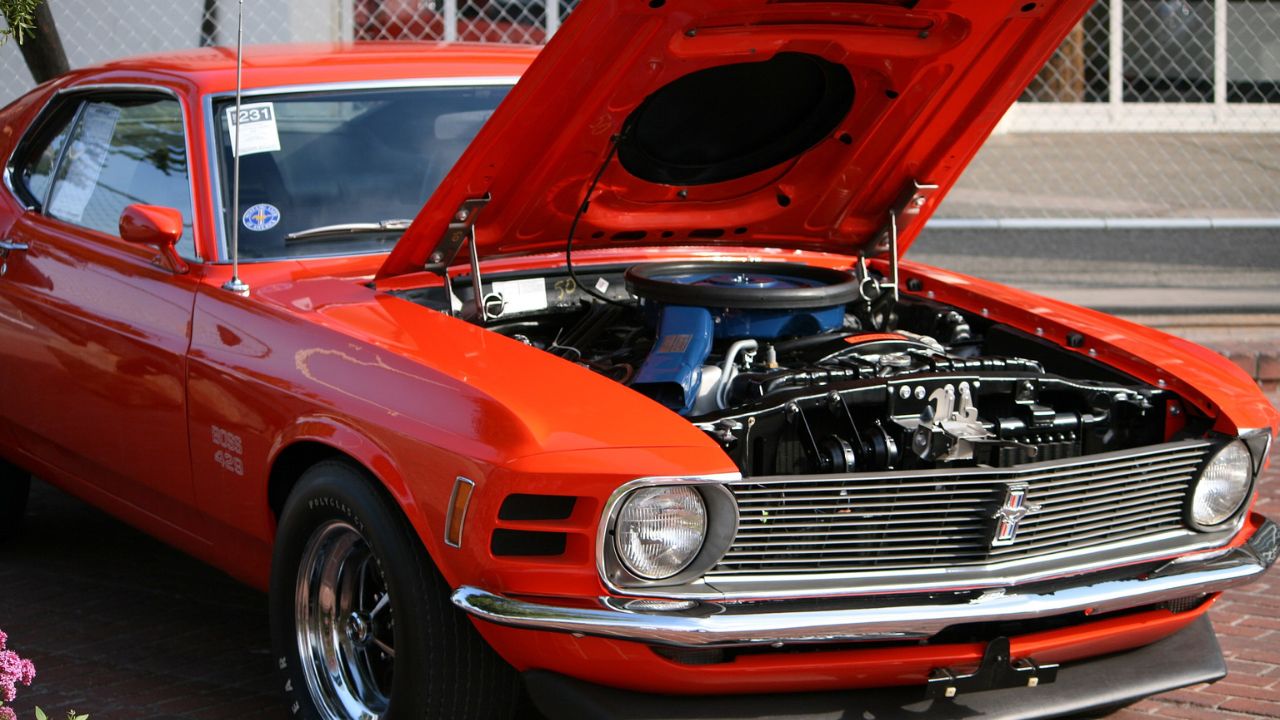
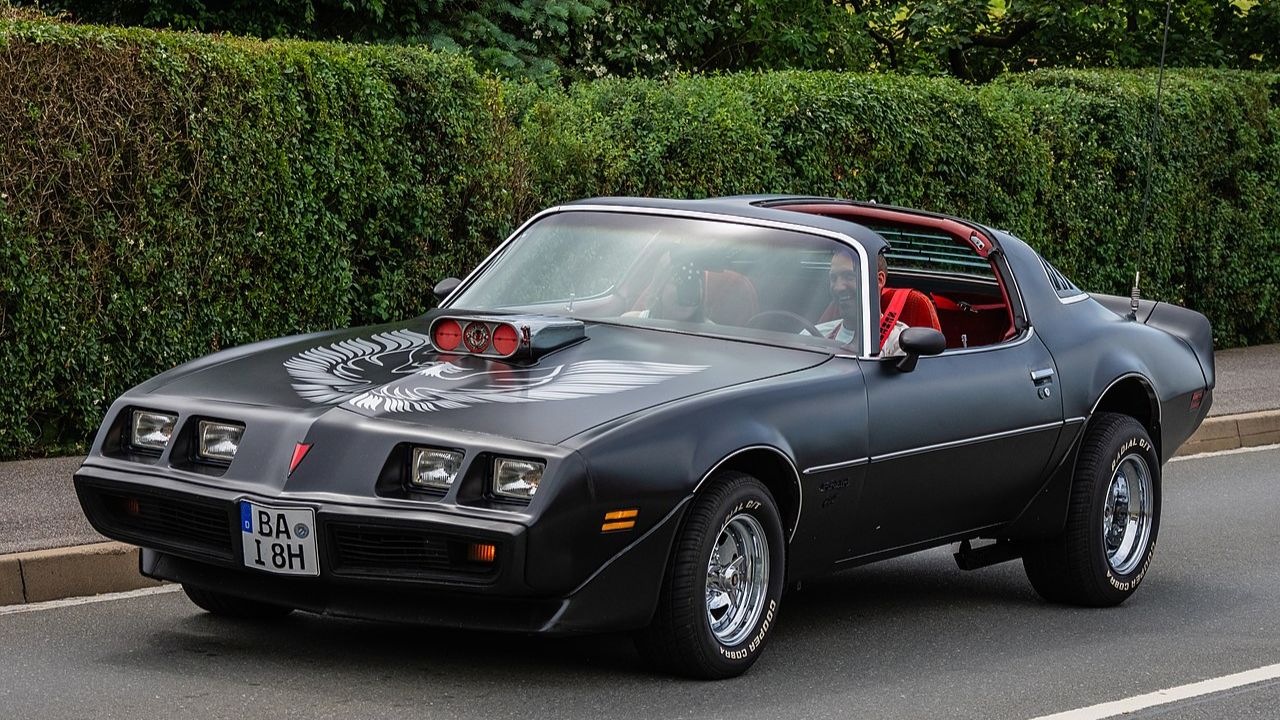
Leave a Reply